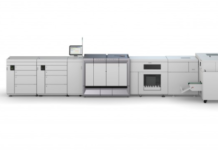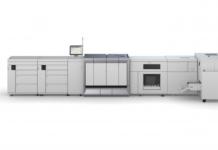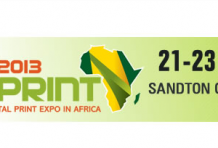In this article, Océ South Africa MD, Dave Clark, states that the educational material printing process can offer a number of strategic benefits for educational institutions.
There has never been a greater need for higher educational institution to diversify than now, he said. To thrive, institutions of higher education must show that they can provide a unique service. While the provision of a quality, affordable education is key, these institutions can also attract more students by improving the levels of customer facing interaction services provided.
Marketing is one example of this type of additional service offered, with printing specifically being an area that can assist in reaching this goal. The on demand printing of books and course packs can be an important factor in the learning process.
Clark explained that, unfortunately, it is not economical to print a limited number of traditional study textbooks. To cover the preparatory cost of the offset process, an output of a few hundred books is required, which results in either a very high cost per book or a loss. This problem is compounded by the fact that the production costs are paid in advance and won’t be fully recouped until the last copy has been sold. In addition, the warehouse storage of these books is a further cost.
The answer to this problem is the development of digital printing and specialised offset litho equipment designed for short runs, which allows for very short print runs – or even the printing of a single copy – at a realistic price.
Print on Demand (or PoD) is a logical evolution of the widespread use of computers and the development of digital printers. Instead of storing books as physical items in warehouses, they can be printed the moment there is a need for them. PoD uses digital technology including printers, and can produce one book, printed and bound in a matter of minutes, eliminating the two biggest expenses involved in book publishing: warehousing and the financial risks of printing a large number of books, he said.





















